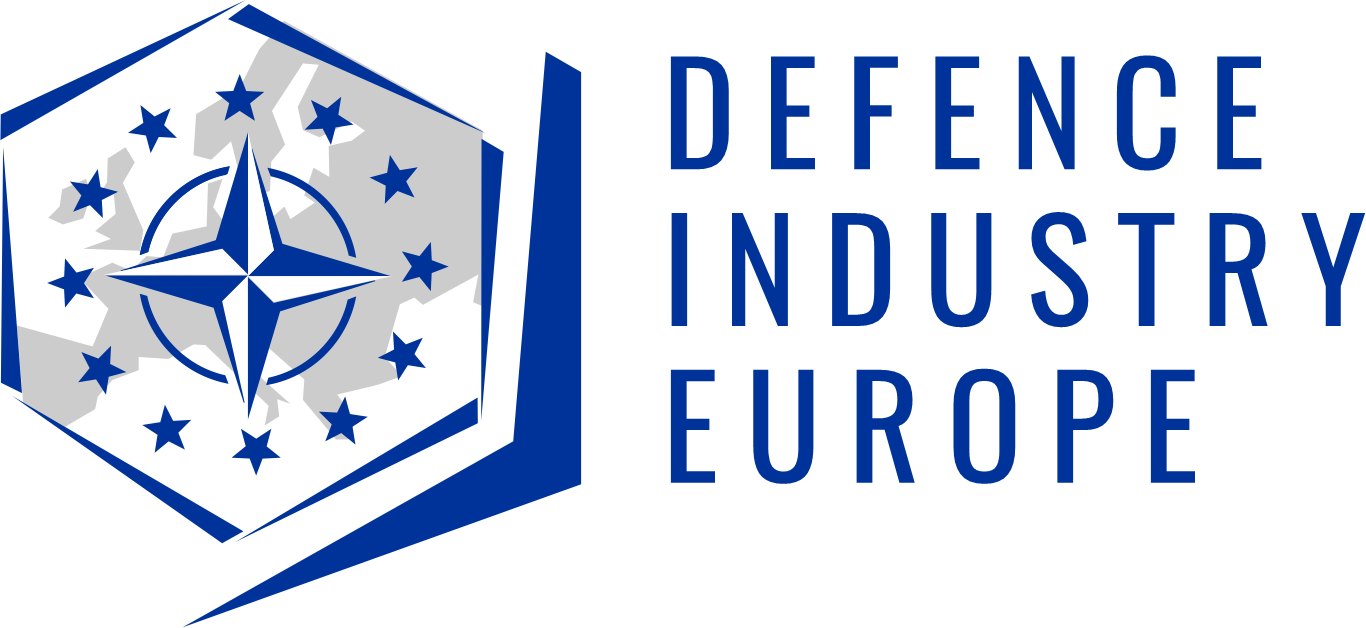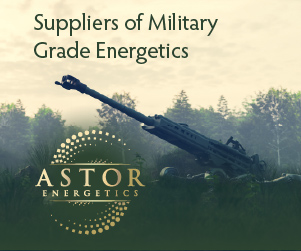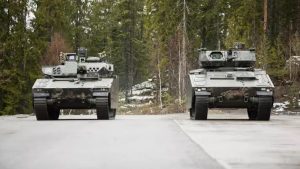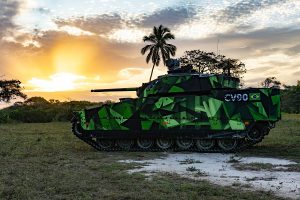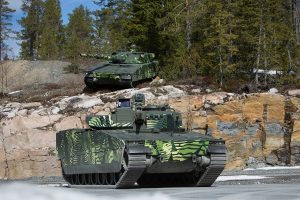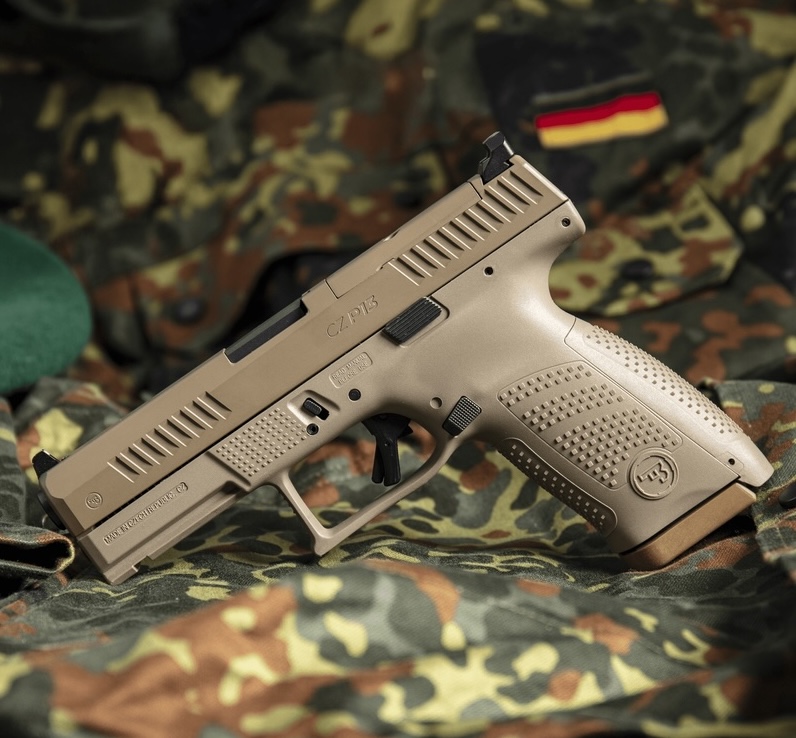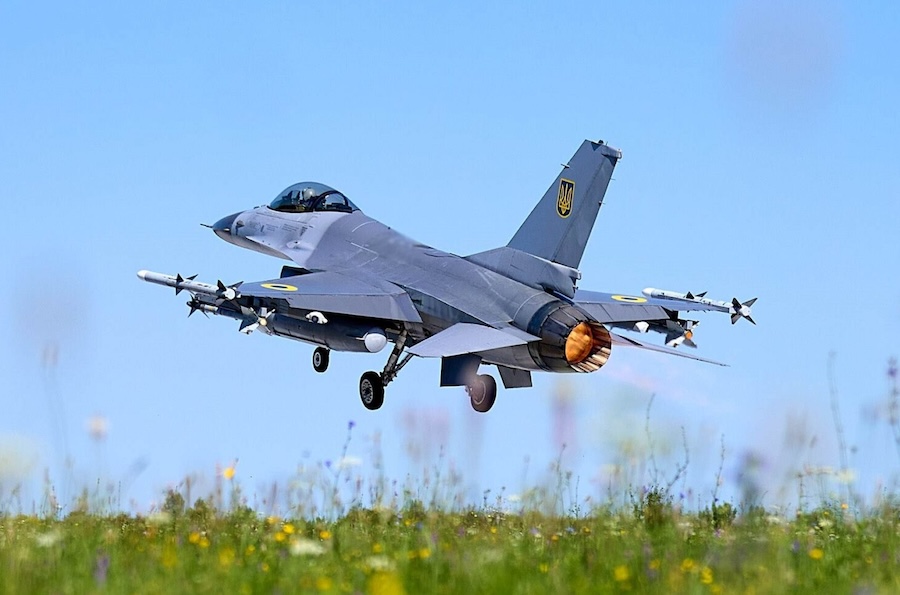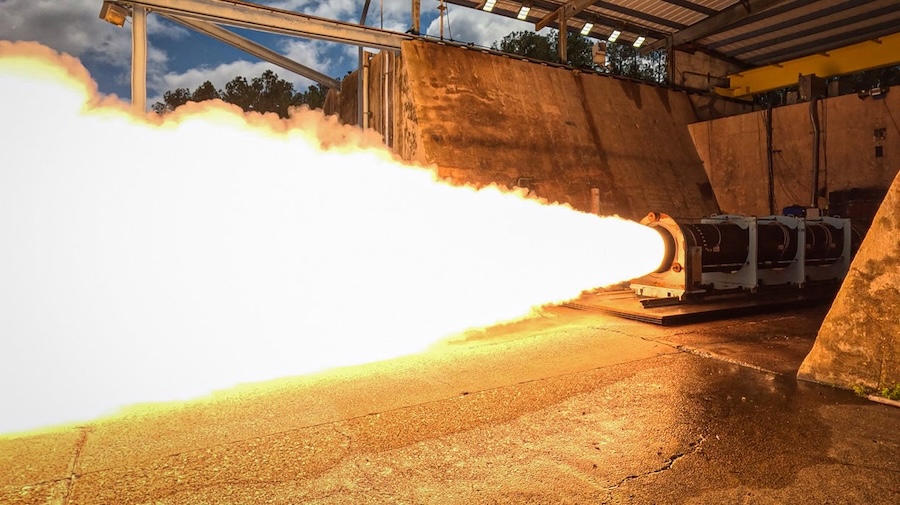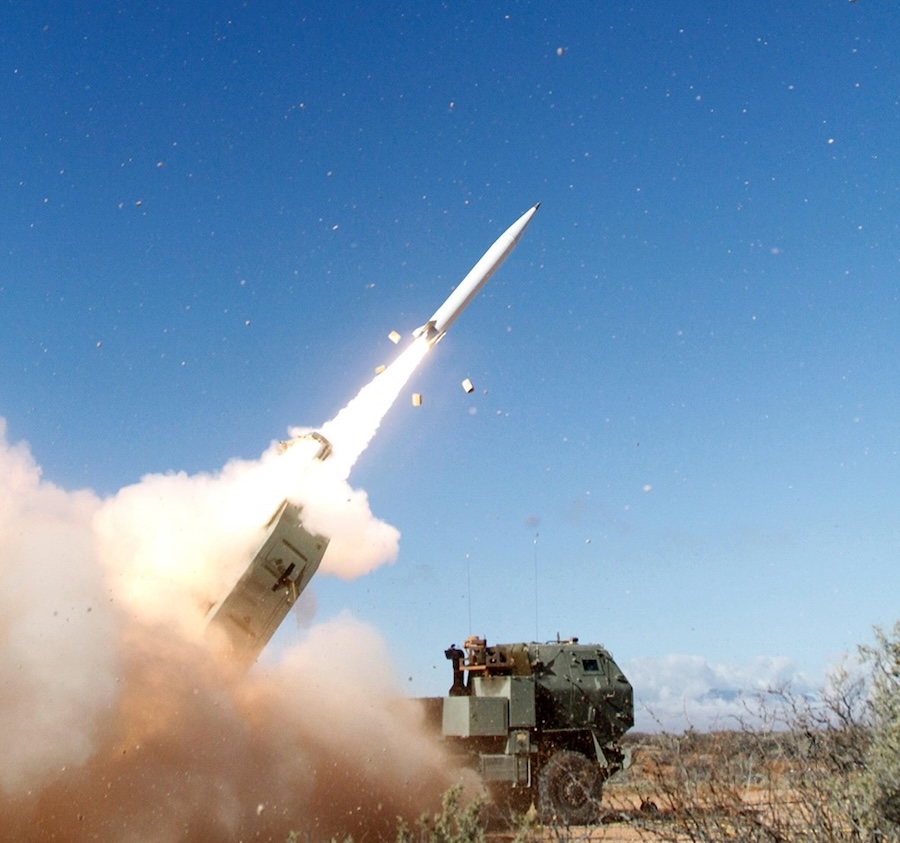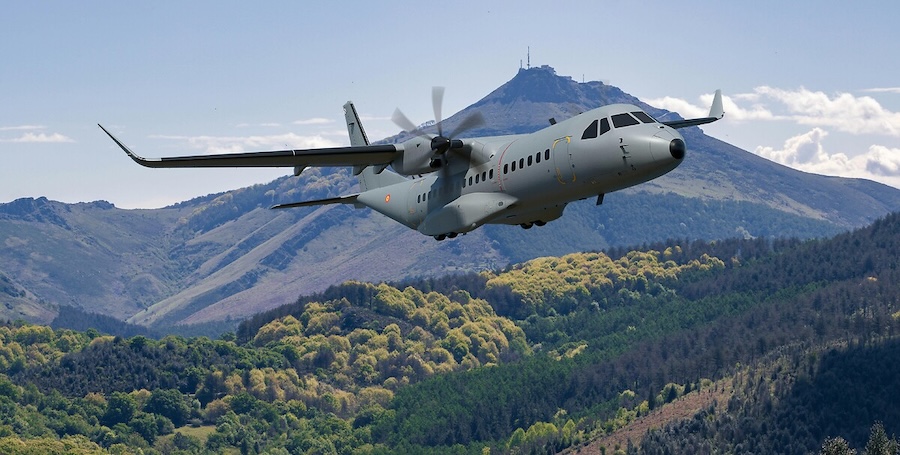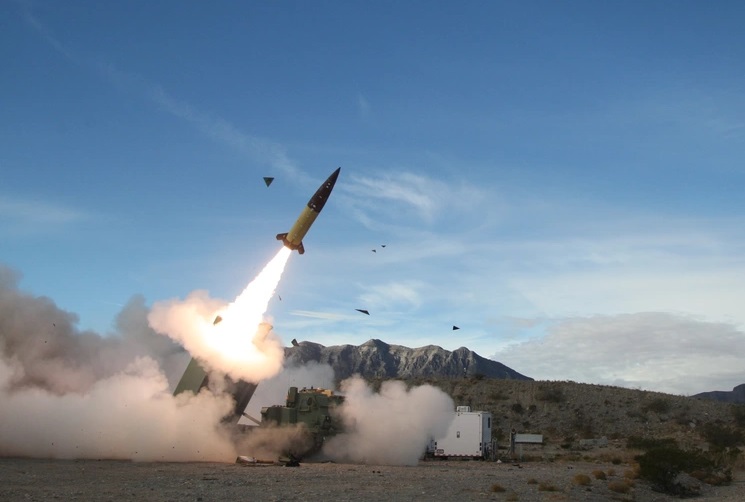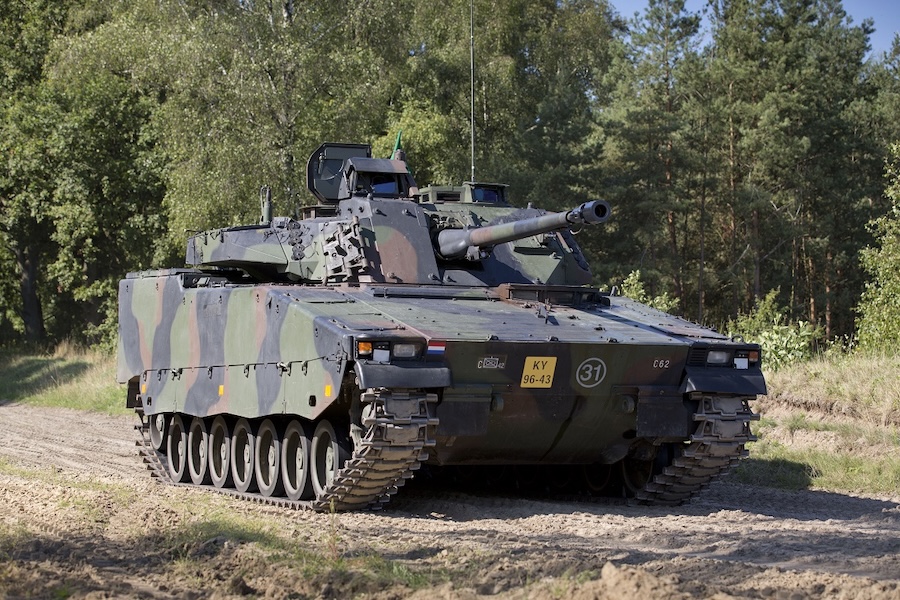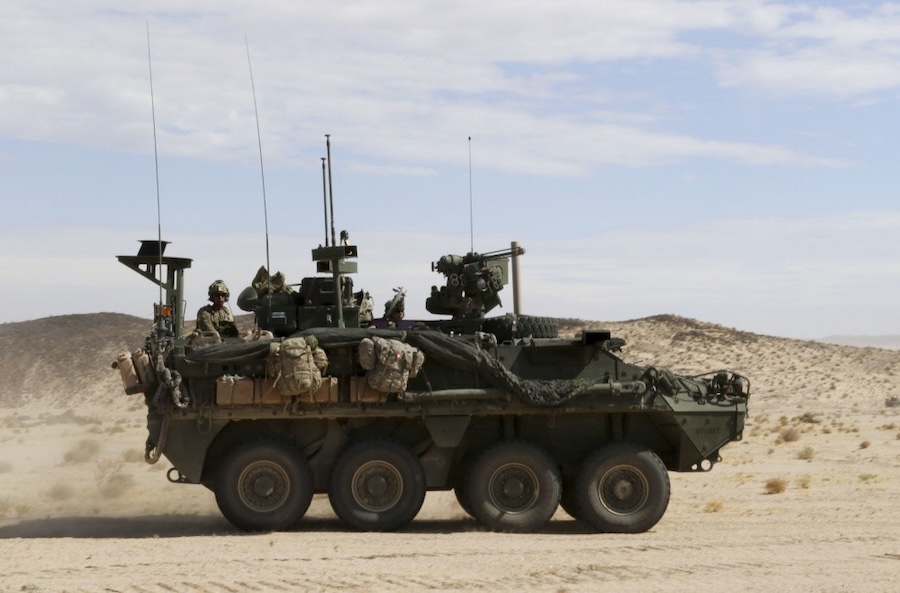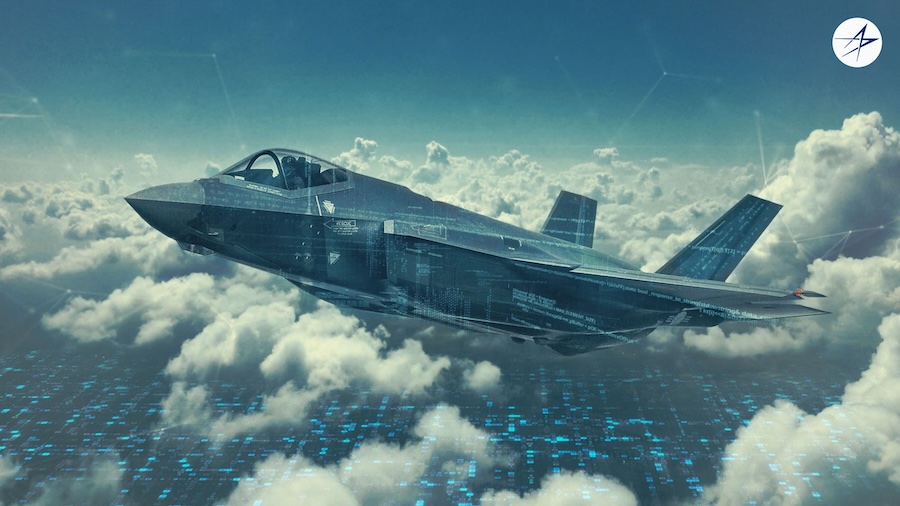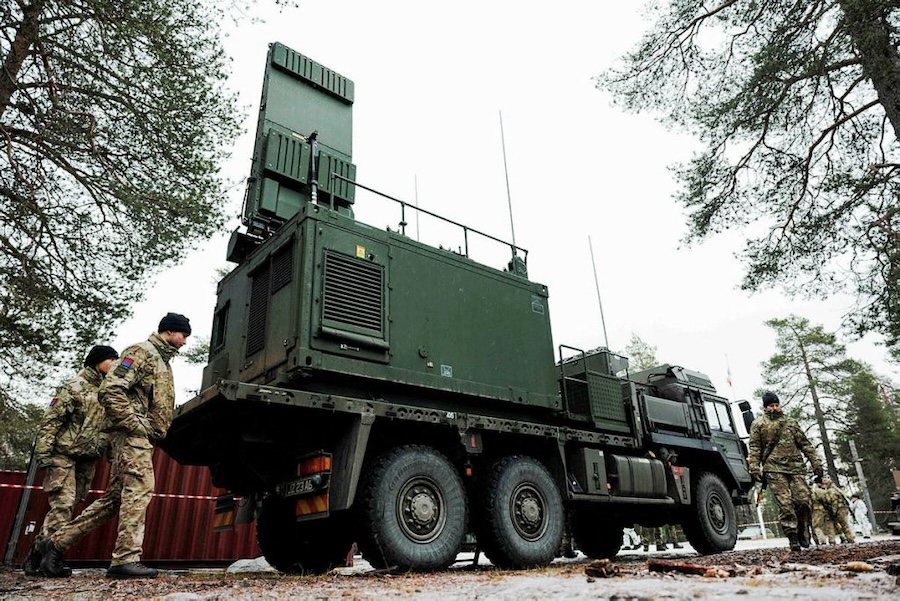During the factory visit, discussions covered assembly requirements, production processes, necessary competences and the industrial cooperation model offered by the Swedish company. According to the Ministry, the talks also explored opportunities to strengthen bilateral defence-industrial ties.
“We want the new infantry fighting vehicle project not only to strengthen our armed forces, but also to create long-term added value for Lithuania’s economy. Relocating the assembly processes to our country would mean new technologies, jobs, and opportunities for Lithuanian industry. By 2030, Lithuania’s division must reach full operational capability, and infantry fighting vehicles are an integral part of that,” emphasised Deputy Minister of National Defence O. Mašalė.
The CV90, developed in Sweden, is a tracked infantry fighting vehicle known for its firepower, mobility and high crew protection. The platform is continuously upgraded to meet modern battlefield requirements and has been successfully used in NATO and European countries, with its reliability confirmed in combat operations, including in Ukraine.
In June, Defence Minister Dovilė Šakalienė signed a protocol of intent on acquiring CV90s at the NATO defence ministers’ meeting in Brussels. Lithuania is taking part in the acquisition programme alongside Finland, Sweden, Norway, Estonia and the Netherlands.
A possible acquisition of the CV90 platform would allow Lithuania to use resources more efficiently and enhance operational interoperability among NATO allies. The joint procurement programme is described as not only a more efficient solution for armament supply but also proof of close international cooperation, with deliveries to Lithuania and other countries possible from 2028.
Source: Lithunian Ministry of National Defence.


